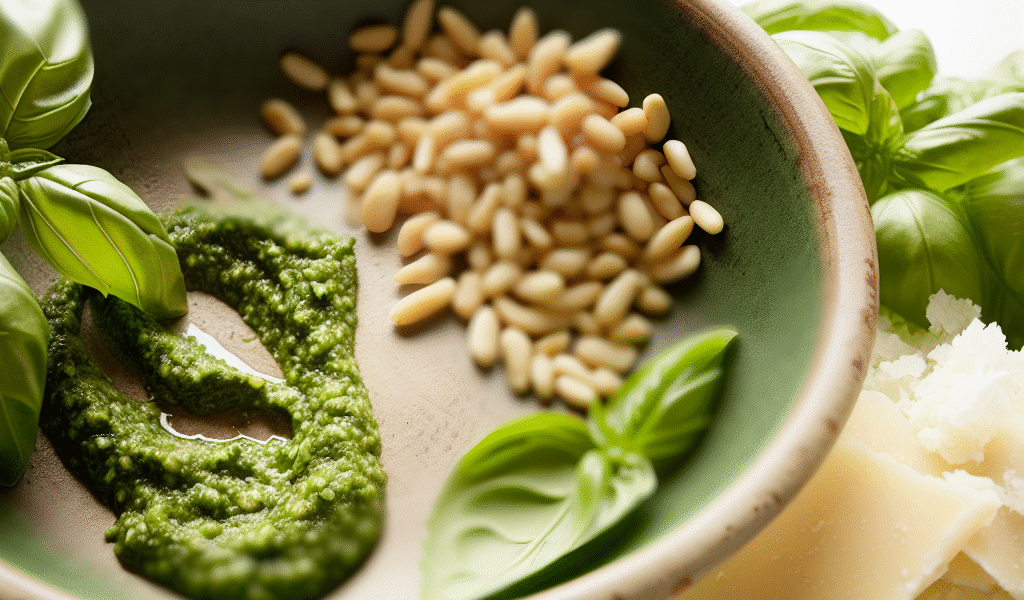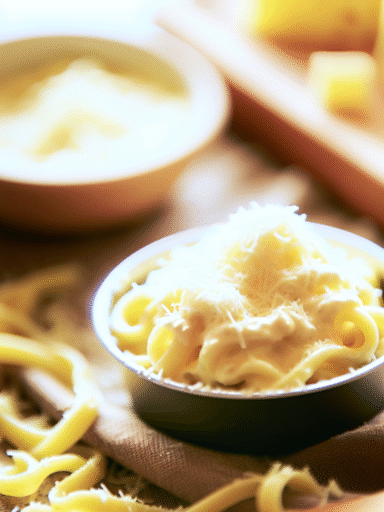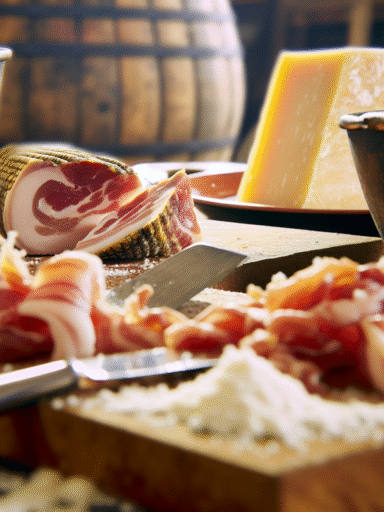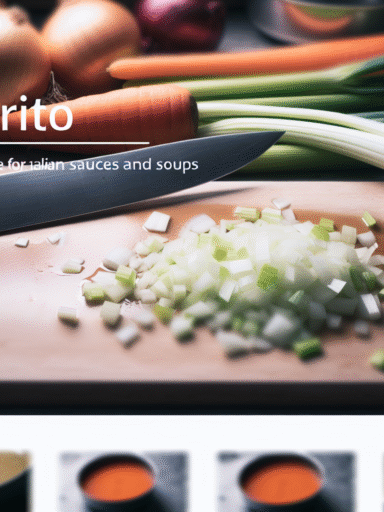Pesto alla Genovese
There’s something magical about a fresh, vibrant green sauce that instantly lifts any dish. Pesto alla Genovese is that magic in a jar — a classic Italian sauce bursting with basil, pine nuts, garlic, and Parmesan. It’s easy to make at home and brings a fragrant, herbaceous sunshine to everything it touches, from pasta to sandwiches. Let’s dive into this beloved Ligurian treasure.
Tags / Categories
- Flavor profile: Fresh, herbaceous, nutty, garlicky, savory
- Main ingredients: Basil, pine nuts, garlic, Parmesan, olive oil
- Region: Liguria, Italy
- Usage: Pasta sauce, spread, dip, seasoning
Quick Info Box
- Prep time: 10 minutes
- Cook time: 0 minutes (no cooking required!)
- Total time: 10 minutes
- Difficulty level: Easy
- Yield: About 1 cup (enough for 4 servings)
Ingredients List
- 2 packed cups fresh basil leaves (washed and dried)
- ½ cup extra-virgin olive oil
- ⅓ cup pine nuts (lightly toasted for extra flavor)
- 2 cloves garlic (adjust to taste)
- ⅓ cup freshly grated Parmesan cheese
- Salt, to taste
- Optional: a squeeze of fresh lemon juice for brightness
Instructions
- Prepare your ingredients. Pluck the basil leaves from the stems, making sure they’re dry — any water will dull the pesto’s vibrant color. Lightly toast pine nuts in a dry pan over medium heat until golden, keeping an eye on them so they don’t burn.
- Start blending. In a food processor or blender, combine the basil, garlic, and pine nuts. Pulse gently to break them down but don’t overwork it — a little texture is lovely.
- Add cheese and oil. With the machine running on low speed, slowly drizzle in the olive oil until the mixture becomes creamy but still has some body.
- Mix in Parmesan and season. Add the grated Parmesan and salt to taste, give it a quick pulse, and taste. If you want, add a little lemon juice now — it brightens everything up beautifully.
- Adjust and serve. If your pesto is too thick, add a bit more olive oil or a splash of pasta cooking water when using it. Don’t stress if it’s chunky — rustic texture is part of the charm.
Serving Suggestions
- Toss it with freshly cooked pasta — trofie or linguine are the classics.
- Spoon it over grilled chicken or fish for an herbaceous boost.
- Spread it on toasted bread or sandwiches for a vibrant flavor punch.
- Drizzle it over roasted vegetables or stir into risotto.
Origin & History
Pesto alla Genovese hails from the Liguria region of northwest Italy, especially the port city of Genoa. The name “pesto” comes from pestare, meaning “to pound” or “crush,” referencing the traditional mortar-and-pestle method used to make this sauce. Historically, fresh basil was combined with pine nuts, garlic, Parmesan, and olive oil to create a zesty green condiment that complemented the simple flavors of Ligurian cuisine, especially the abundant seafood and hand-rolled pasta unique to the area.
Traditional pestos aren’t just about flavor; they embody the Mediterranean lifestyle of fresh, local ingredients and simple preparations that bring people together over the table — a perfect blend of simplicity and sophistication.
Variations & Substitutions
Feel free to get creative with pesto while honoring its spirit.
- Nuts: Swap pine nuts with walnuts, almonds, or pecans for a different nuttiness.
- Cheese: For a dairy-free or vegan version, use nutritional yeast instead of Parmesan.
- Greens: If fresh basil isn’t available, try baby spinach or arugula for a twist.
- Garlic: Experiment with roasted garlic for a mellow, sweeter flavor.
- Oil: While olive oil is classic, blending in some avocado oil can add creaminess.
Storage & Make-Ahead Tips
Pesto keeps well, but the vibrant green will darken when exposed to air. Store your pesto in an airtight container in the refrigerator, and pour a thin layer of olive oil over the surface — this creates a barrier from air and keeps it fresh.
It lasts about 5-7 days refrigerated. You can also freeze pesto in ice cube trays (great for portioning!) and then transfer the frozen cubes to a sealed bag. Thaw gently at room temperature or stir directly into warm pasta.
Nutritional Information (per 2-tbsp serving)
- Calories: ~160 kcal
- Fat: 16 g (mostly healthy monounsaturated fats)
- Carbohydrates: 1 g
- Protein: 2 g
- Fiber: 0.5 g
Related Sauces / Try Next
- Salsa Verde – a bright and tangy green sauce with parsley and capers
- Romano Pesto – a twist on Genovese using pecorino cheese and walnuts
- Sun-Dried Tomato Pesto – a rich, vibrant alternative with tomatoes and basil
FAQ
Q: Can I use a blender instead of a traditional mortar and pestle?
A: Absolutely! A food processor or blender works perfectly and saves time. Just pulse to control texture — no need to over-blend to a puree.
Q: Why is my pesto bitter or dark green?
A: Bitter pesto often means garlic was too overpowering or the basil was bruised/stored improperly. To keep pesto bright, make sure basil leaves are dry and only blend briefly. Adding a splash of lemon juice helps maintain color and balance flavors.
Q: Can pesto be frozen?
A: Definitely! Freeze it in small portions, ideally in ice cube trays, and cover with a drizzle of olive oil before freezing for best freshness.
In short, Pesto alla Genovese is a simple yet profound sauce that brings the garden right to your plate. Its fresh ingredients, quick prep, and endless versatility make it a kitchen favorite. Whether you’re new to pesto or looking to master the classic, this sauce is sure to brighten your cooking and your day.



